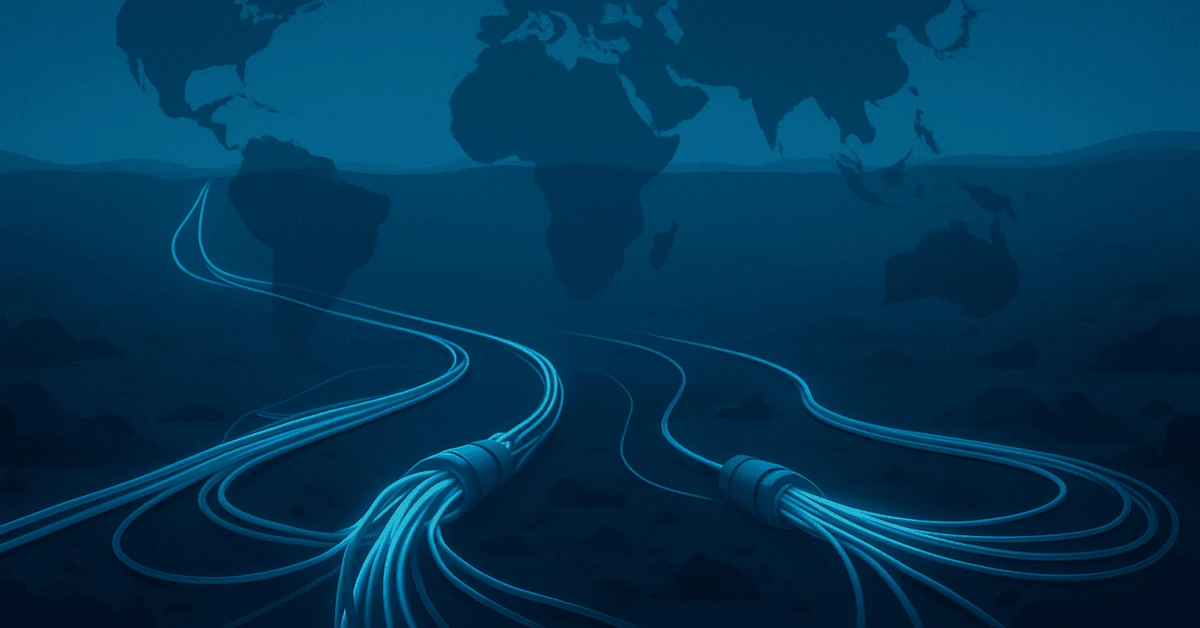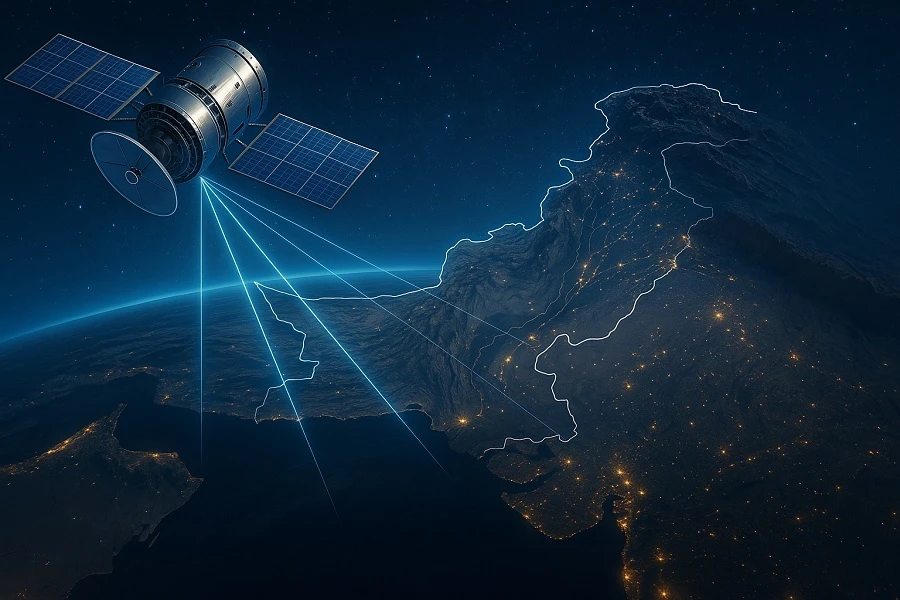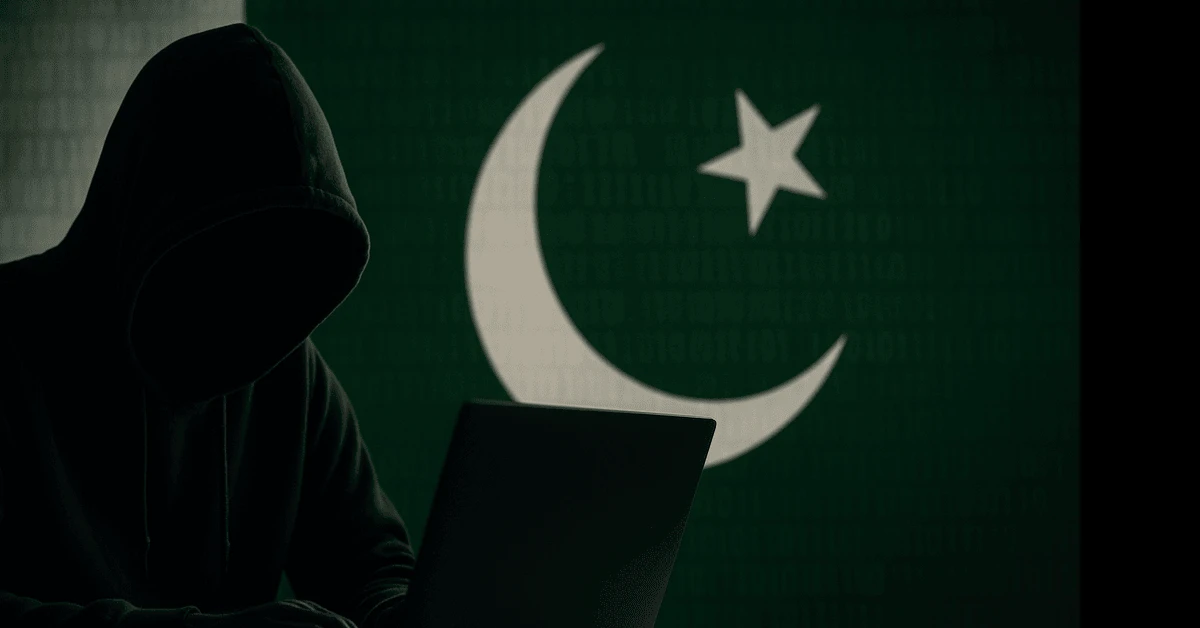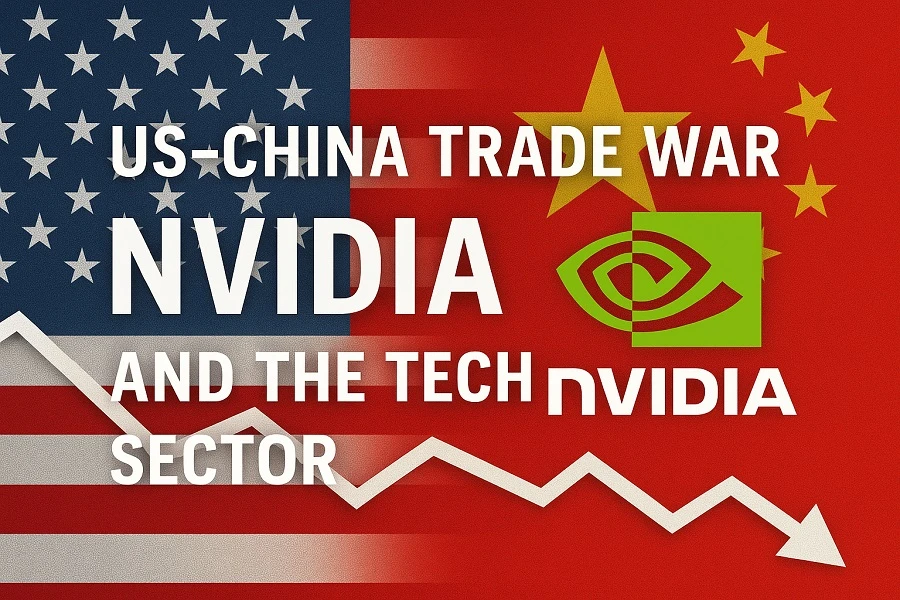Last Updated: October 3, 2025
The Silent War on Undersea Cables: Who Really Controls the Internet’s Backbone?

When we think of the internet, most people imagine satellites in space or wireless signals bouncing between towers. But the truth is far less glamorous and far more vulnerable: over 99% of the world’s internet traffic flows through undersea fiber-optic cables lying quietly on the ocean floor.
These cables, thinner than a garden hose, are the real backbone of our connected world. They carry everything — from your WhatsApp call to an international bank transfer. And now, they’ve become the focus of a growing global struggle for control, secrecy, and power.
Why Are Undersea Cables So Important?
Each cable can transmit terabits of data per second across continents. Without them, global finance, trade, streaming, cloud computing, and even military communication would collapse. Satellites can help, but they cannot replace the speed and capacity of these cables.
That’s why whoever controls the cables doesn’t just control data; they control power.
Who Actually Owns These Cables?
Surprisingly, it’s not governments but private companies that own most of the infrastructure. Tech giants like Google, Meta, Amazon, and Microsoft have invested billions in laying and controlling their own undersea cables. Telecom companies like Orange, Verizon, and Tata Communications also own significant networks.
This means the world’s digital lifelines are in the hands of a few corporations — raising concerns about accountability, transparency, and monopolization.
The Geopolitical Game
Undersea cables are no longer just business assets; they are geopolitical weapons. Nations like the US and China are racing to build and control routes, ensuring their allies are connected while excluding rivals.
For example:
- The US has blocked Chinese companies like Huawei Marine from participating in major cable projects.
- Russia has been accused of deploying submarines near critical cables, sparking fears of sabotage.
- China is rapidly building new cable networks through its Belt and Road Initiative, creating “digital Silk Roads.”
In other words, the oceans have become silent battlegrounds for digital dominance.
The Risks Nobody Talks About
These cables are surprisingly fragile. A single ship anchor, earthquake, or deliberate attack can cut off an entire country from the internet. In 2008, a cable cut in the Mediterranean disrupted internet access in parts of the Middle East and India for days.
And because most cables are owned by private companies, governments often don’t even know where all the lines are — creating national security blind spots.
The Future of the Internet Backbone
New cables are being laid every year to handle the explosion of data. Projects like Google’s “Equiano” (Africa) and Meta’s “2Africa” are expanding connectivity to underserved regions.
But with every new line comes new questions: Who gets to own it? Who monitors the data flowing through it? And what happens if, in the event of conflict, a rival nation decides to cut it?
The future of the internet doesn’t just depend on technology — it depends on who controls the seabed highways of our digital world.
Conclusion
The silent war on undersea cables is not science fiction. It’s happening now, beneath the waves, out of sight but never out of reach. The next time you stream a movie, send money, or make a video call, remember — your data is traveling through contested waters.
FAQs
1. How many undersea cables exist today?
As of 2025, there are over 500 active undersea cables spanning more than 1.4 million kilometers worldwide.
2. Can satellites replace undersea cables?
No. Satellites provide coverage and redundancy, but they cannot match the capacity, stability, or speed of undersea fiber-optic cables.
3. Who protects these cables?
Protection is minimal. While some navies patrol key regions, most cables rely on obscurity and private maintenance contracts for safety.
4. Has sabotage of cables ever happened?
While proven cases are rare, there have been multiple incidents where military vessels were spotted near key cables, sparking suspicion. Accidental damage from ships is far more common.
5. Why should ordinary people care about undersea cables?
Because without them, the internet as we know it would collapse — cutting off communication, banking, business, and even national security systems.
You May Also Like:

'Accept Islam or Prepare for War'? What the Prophet’s Letters to Kings Really Meant...

Starlink and the Race for Satellite Internet in Pakistan: What You Need to Know in 2025...

The Silent Strain: How Remote Work is Fueling a Global Mental Health Crisis...

The Silent Killer Inside Your Kitchen: What You're Eating Every Day Without Knowing It...

How Internet Shutdowns & Censorship Are Damaging Pakistan’s IT Exports and Freelance Reputation...

Navigating the Storm: How the US-China Trade War is Reshaping Nvidia and the Tech Sector...

The AI War: Is Humanity Losing Control?...

